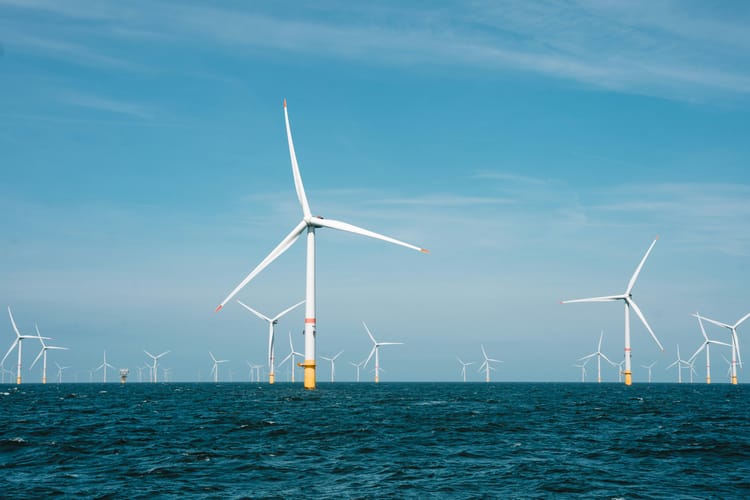‘Nowhere near on track’: New NDCs leave climate experts underwhelmed
“Countries’ last round of NDCs put the world on track for up to 2.8°C of warming."

At least 13 countries submitted their 2035 national climate targets (NDCs) this week, but experts warn that these remain insufficient to put us back on track to meet the goals of the Paris Agreement.
This week’s UN General Assembly in New York was seen as the last chance for countries to submit their new nationally determined contributions (NDCs) before international discussions at COP30 in November.







